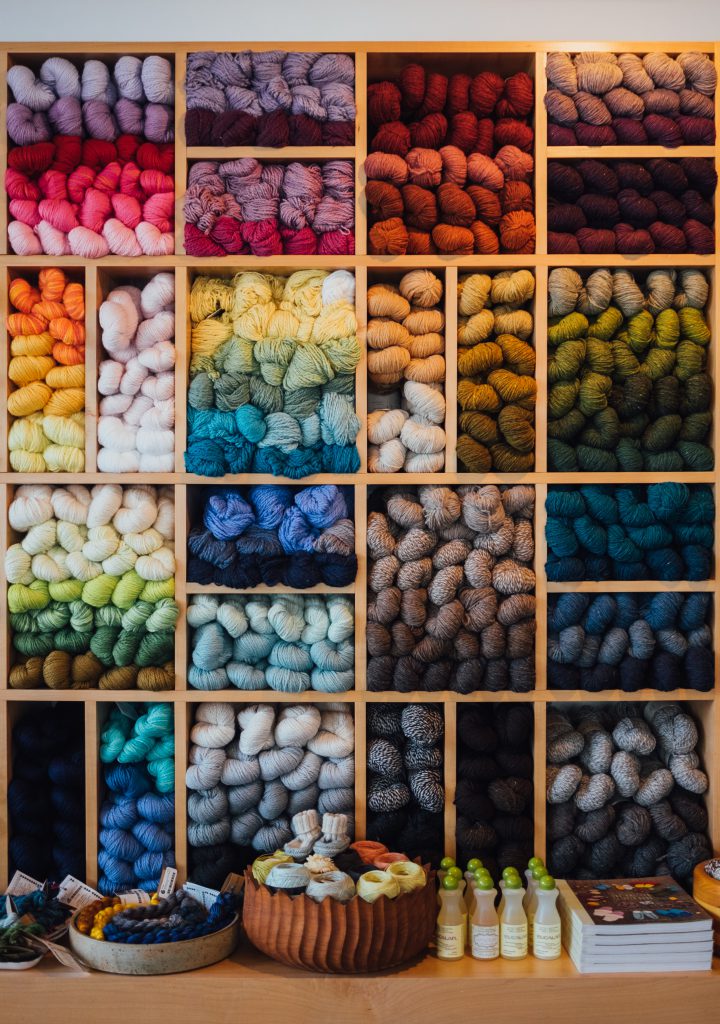When it comes to buying furniture, it’s always great to support local businesses and craftsmen. The Lower Mainland of British Columbia is home to many talented furniture makers and designers who create beautiful, unique pieces that are sure to add character and style to any home. In this blog post, we’ll explore how you can find locally made furniture in the Lower Mainland, along with links to some of the best stores and makers in the region.
- Visit Local Stores and Markets
One of the best ways to find locally made furniture in the Lower Mainland is to visit local stores and markets. There are several places in the region where you can find unique and beautiful pieces made by local craftsmen. Here are some of the best:
- Vancouver Farmers Market: This market is held on weekends in various locations around the city and features a variety of locally made furniture and home goods.
- The Cross Decor & Design: This store in Vancouver’s Yaletown neighborhood offers a wide selection of locally made furniture and home decor items.
- Craft Council of BC Shop: Located in Vancouver’s Granville Island, this shop features a range of furniture, ceramics, and other home goods made by local artisans.
2. Search Online
Another great way to find locally made furniture in the Lower Mainland is to search online. There are several websites and directories that feature local furniture makers and designers. Here are some of the best:
- Vancouver Made: This website features a directory of local makers and designers, including several furniture makers.
- BC Wood: This directory features a list of local furniture makers and designers who use sustainably sourced wood.
- Etsy: While not exclusively local, Etsy is a great place to find handmade and vintage furniture and home decor items from local makers.
3. Attend Local Events
Finally, attending local events is a great way to find locally made furniture in the Lower Mainland. There are several events throughout the year that feature local furniture makers and designers. Here are some of the best:
- Vancouver Home + Design Show: Held annually in Vancouver, this event features a wide range of furniture and home decor items from local makers and designers.
- Circle Craft Christmas Market: This annual event in Vancouver features a range of handmade furniture and home decor items from local makers.
- Portobello West: This market, held in various locations around Vancouver, features a range of handmade and locally made furniture and home decor items.
In conclusion, finding locally made furniture in the Lower Mainland of British Columbia is easy with a bit of research and effort. Whether you prefer to visit local stores and markets, search online, or attend local events, there are plenty of options available. By supporting local craftsmen and designers, you can bring unique and beautiful pieces into your home while contributing to the local economy.
Links:
- Vancouver Farmers Market: https://eatlocal.org/markets/
- The Cross Decor & Design: https://thecrossdesign.com/
- Craft Council of BC Shop: https://craftcouncilbc.shop/
- Vancouver Made: https://vancouver-made.com/
- BC Wood: https://www.bcwood.com/
- Etsy: https://www.etsy.com/
- Vancouver Home + Design Show: https://vancouverfallhomeshow.com/
- Circle Craft Christmas Market: https://circlecraft.net/
- Portobello West: https://www.portobellowest.com/



 NOTE: This representation is based in whole or in part on data generated by the Greater Vancouver Real Estate Board, Fraser Valley Real Estate Board or Real Estate Board of Greater Vancouver which assume no responsibility for its accuracy. Copyright 2019 by the Real Estate Board of Greater Vancouver, Fraser Valley Real Estate Board, Chilliwack and District Real Estate Board, and BC Northern Real Estate Board. All Rights Reserved.
NOTE: This representation is based in whole or in part on data generated by the Greater Vancouver Real Estate Board, Fraser Valley Real Estate Board or Real Estate Board of Greater Vancouver which assume no responsibility for its accuracy. Copyright 2019 by the Real Estate Board of Greater Vancouver, Fraser Valley Real Estate Board, Chilliwack and District Real Estate Board, and BC Northern Real Estate Board. All Rights Reserved.